Fungi vs. History: How Microbes Are Degrading the USS Cairo Despite Preservation Efforts
The Silent Invaders: Fungi Threaten a Civil War Icon
Beneath the open sky at Vicksburg National Military Park in Mississippi, the USS Cairo—one of America’s first ironclad warships—stands as a monument to Civil War history. But while visitors admire its cannons and hull, an invisible battle rages within its wooden timbers.
A new study from the University of Minnesota reveals that diverse, resilient fungi have infiltrated the ship’s structure, causing advanced decay—despite decades of wood preservation treatments.
Published in the Journal of Fungi (October 2025), the research underscores a sobering truth: even the most carefully preserved historic artifacts are vulnerable to microbial degradation when exposed to the elements.
A Ship’s Journey—and Its Microbial Challenge
Launched in 1861, the USS Cairo sank in 1862 after striking a Confederate torpedo in the Yazoo River. It lay submerged for over a century before being recovered in the 1960s. Since then, it has been on outdoor display under a protective canopy—but not in a climate-controlled environment.
Over time, moisture, temperature fluctuations, and airborne spores created ideal conditions for wood-degrading fungi to take hold.
“Historic wood exposed to the environment is always at risk,” says lead author Dr. Robert Blanchette, a professor of wood microbiology at the University of Minnesota. “Preservatives help—but they’re not foolproof.”
What the Researchers Found
Working with conservators from Terra Mare Conservation and the National Park Service, the team conducted a comprehensive analysis of the ship’s timbers. Their methods included:
- Visual and microscopic decay assessment
- Elemental chemistry profiling
- Fungal isolation and identification
Key findings:
- Widespread advanced decay across multiple structural areas
- Presence of both soft rot and white rot fungi—two major types of wood-degrading microbes
- Many isolated fungi showed tolerance to traditional wood preservatives, including copper- and arsenic-based compounds
“These aren’t just common molds,” explains Blanchette. “They’re specialized organisms that evolved to break down lignin, cellulose, and even treated wood.”
Among the identified species were fungi known for thriving in low-nutrient, high-stress environments—a testament to their adaptability.
Why Preservatives Failed
Historically, the USS Cairo was treated with chemical preservatives designed to repel insects and microbes. But over decades of outdoor exposure:
- Chemicals leached out due to rain and humidity
- Fungal communities adapted to tolerate residual toxins
- New spores continuously colonized damp, cracked wood
This mirrors a broader challenge in cultural heritage conservation: microbes don’t respect human history. Given time and moisture, they will exploit any weakness.
The Microbiology of Wood Decay: A Primer
For clinical microbiologists, this case highlights the ecological versatility of fungi:
- White rot fungi: Degrade both lignin and cellulose, leaving wood bleached and stringy
- Soft rot fungi: Primarily attack cellulose, creating microscopic cavities in cell walls—especially in damp, cool conditions
Unlike bacteria, many wood-degrading fungi produce extracellular enzymes (like laccases and peroxidases) that break down complex polymers outside the cell—making them exceptionally efficient decomposers.
Critically, some of these same enzymatic systems are being studied for biofuel production and bioremediation—showing how destructive and beneficial microbial traits often overlap.
Recommendations: From Observation to Action
The research team urges immediate intervention:
- Enclose the ship in a climate-controlled structure to limit moisture and temperature swings
- Monitor humidity and fungal activity with modern sensors
- Develop new antifungal treatments informed by the biology of preservative-tolerant strains
“You can’t stop decay by treating symptoms alone,” says Blanchette. “You must control the environment.”
Without such measures, the USS Cairo risks irreversible structural loss—not from war, but from microscopic invaders.
Why This Matters to Clinical Microbiology
At first glance, ship decay may seem distant from human health. But this study offers vital lessons for all microbiologists:
🔍 Microbial resilience is universal: Just as pathogens evolve antibiotic resistance, environmental fungi evolve biocide tolerance.
🌍 Ecology informs pathology: Understanding how fungi adapt to stress helps us anticipate how they might behave in clinical settings (e.g., in immunocompromised patients or on medical devices).
🛡️ Prevention > cure: Whether preserving a warship or preventing hospital-acquired infections, environmental control is often more effective than reactive treatment.
Moreover, the same fungal identification techniques used here—culture, microscopy, molecular analysis—are foundational in medical mycology.
Final Thought: History in the Balance
The USS Cairo is more than wood and iron—it’s a tangible link to the past. But as this study shows, time and microbes are relentless.
Preserving cultural heritage isn’t just about history—it’s a microbiological challenge that demands interdisciplinary collaboration between conservators, ecologists, and microbiologists.
As Dr. Blanchette puts it:
“If we want future generations to see this ship, we must outsmart the fungi that are quietly eating it away.”
Stay Informed on Environmental & Clinical Mycology
At ClinicalMicrobiology.org, we explore the full spectrum of fungal biology—from hospital pathogens to ecosystem engineers.
👉 Subscribe for insights on fungal identification, antifungal resistance, and the surprising roles microbes play in our world.
Note: This article is based on original research from the University of Minnesota (Journal of Fungi, 2025). Scientific credit belongs to Dr. Robert Blanchette and collaborators. Content has been fully rewritten for educational clarity and originality.
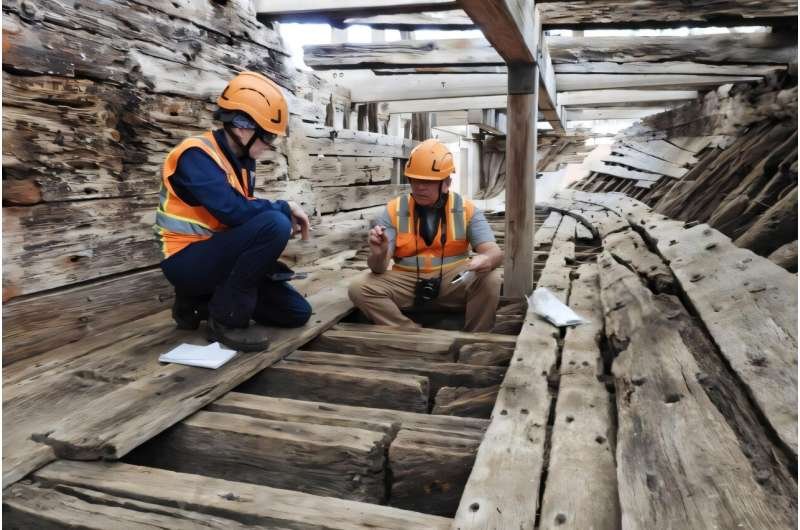
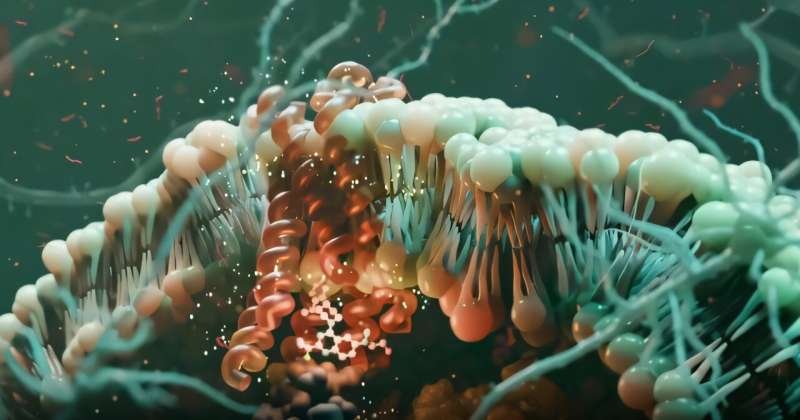
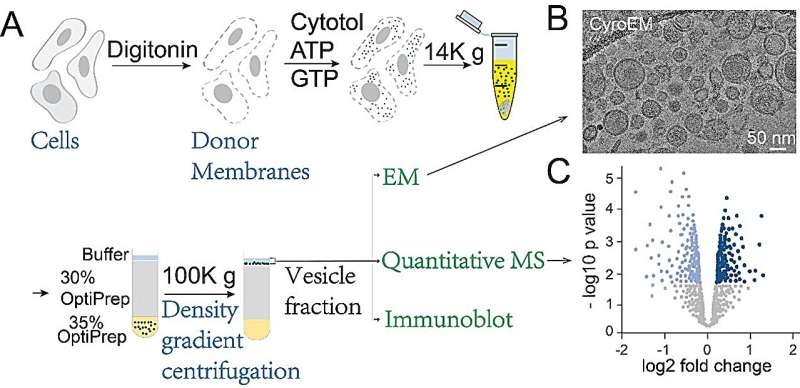
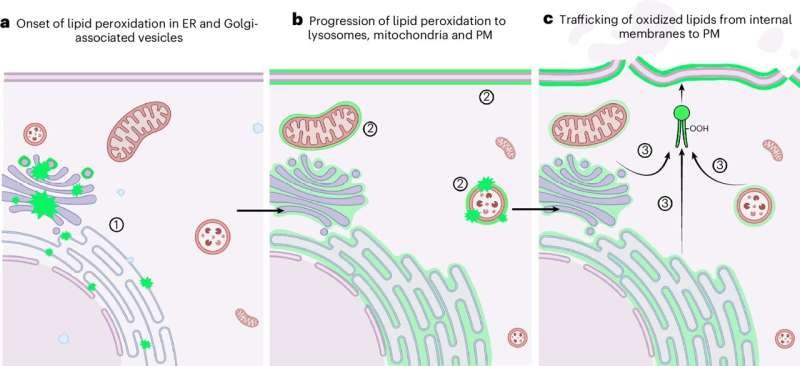
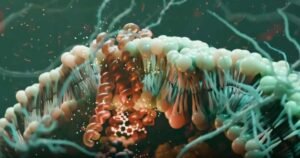
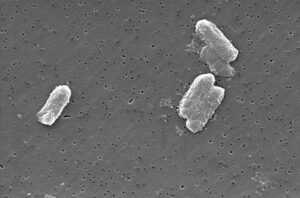
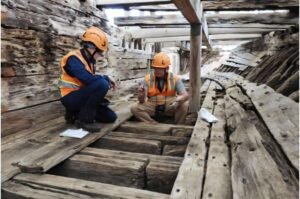
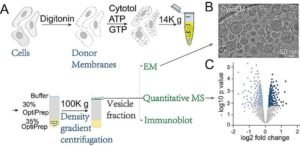



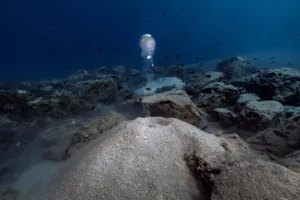


Post Comment